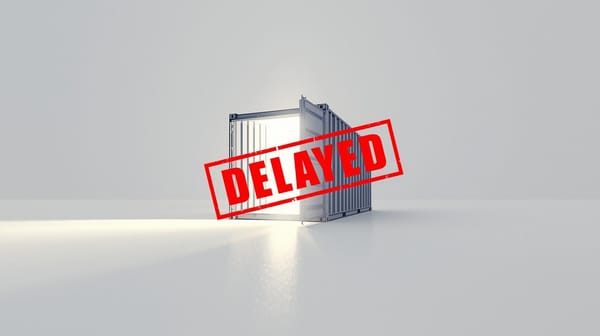Bubble or Boom? A Data-Driven Analysis of the Data Center Market

Bubble or Boom? A Data-Driven Analysis of the Data Center Market
Is the data center industry in a massive financial bubble? The question is echoing from mainstream tech blogs to the highest levels of finance. With multi-billion dollar deals announced weekly and valuations soaring, the comparison to past speculative manias is an easy one to make. Pundits point to the frenzy as a clear sign of an impending collapse.
They are missing the full story.
While the capital flowing into the sector is unprecedented, judging the market on valuation alone is a critical error. Unlike past bubbles built on speculative hope, the data center boom is anchored by something far more tangible: the non-negotiable, escalating demand for compute power driven by the AI revolution.
A true financial bubble has three classic warning signs: supply outpacing real demand, valuations completely disconnected from revenue, and falling barriers to entry that invite irrational competition. A rigorous analysis shows that the data center market today fails all three of these tests. Before you can determine if we are in a bubble, you must first analyze the fundamental market realities.
- Is Supply Outstripping Real Demand?
A bubble is characterized by speculative building. In the dot-com era, companies built millions of square feet of "colo" space with no customers, hoping to flip it. Today's market is the polar opposite. New capacity is almost entirely pre-leased by hyperscalers and AI companies years before the facility even comes online. The demand is not speculative; it's contractual.
- Are Valuations Disconnected from Fundamentals?
Valuations are certainly high, but they are tethered to long-term, predictable revenue streams. Multi-year leases with credit-worthy tenants and equally long-term Power Purchase Agreements (PPAs) create a stable financial foundation that is more akin to a utility or a critical public infrastructure asset than a speculative tech stock.
- Are the Barriers to Entry Falling?
Bubbles attract a flood of new, inexperienced competitors. In the data center market, the barriers to entry are actually rising to near-insurmountable levels. The two most critical inputs—power and the specialized hardware to manage it—are severely constrained. Securing a multi-hundred-megawatt power contract can take years, and as we've analyzed previously, the lead times for critical hardware like switchgear now exceed 80 weeks. This prevents a "gold rush" of irrational new supply from flooding the market.
While the current growth rate may be unsustainable, the underlying fundamentals of the data center market are far more robust than a simple "bubble" narrative would suggest. The real story is in the numbers.
The Deep Dive: A Quantitative Analysis
(To access our deep dive into the specific, hard data—including pre-leasing rates in key markets, M&A valuations, and component lead times—please subscribe to The Datacententer Economist.)




